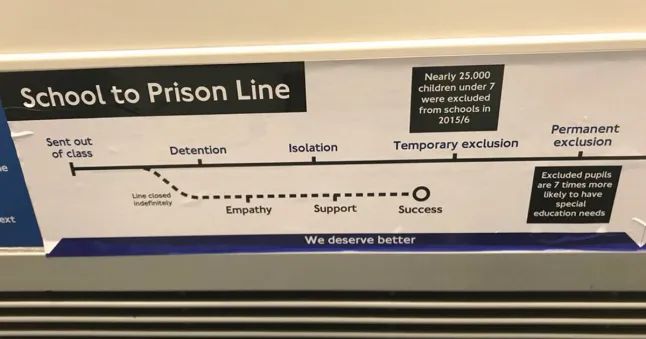“Parents are the bones on which children cut their teeth.”
Peter Ustinov
This week, I have had a high volume of messages and phone calls from parents who are worried about their child’s progress. Witnessing your teenager navigate the pressures of impending exams can be a source of significant anxiety for parents and carers; balancing the desire to support them academically while managing your own concerns can be a delicate task, and never more so in this crucial period between Mock results and the final examinations, the proposed dates of which have just been announced. This year, both exam boards have elected to place all three of the Latin examinations prior to Half Term.
While all parents are anxious for their children to do well, the situation varies from client to client. Some have a child who is seemingly crippled by their own anxiety, struggling to study effectively because of the extreme pressure they put on themselves to succeed. Others report that their child is so laid back (or in denial) about the examination process that they’re doing little to nothing at all, blissfully convinced that the eleven weeks remaining between now and their first examination is an absolute eternity of time, during which they will – at some point – address what it is that they need to learn.
Parenting is like any relationship: it has a dynamic of its own and there are pressures from multiple angles. Every parent wants what’s best for their child and the anxiety stems from worrying whether we or they could be doing more. Yet parental anxiety can inadvertently influence a teenager’s stress levels and when parents exhibit high levels of concern, teens may internalise this stress, leading to increased pressure and potential performance issues. Recognising and managing our own anxiety is therefore crucial in fostering a calm and supportive atmosphere – but this is much easier said than done!
Children often mirror their parents’ emotional responses, so most psychologists advocate for modelling the kind of behaviour that you think your child would benefit from: demonstrating calmness and confidence can help your teen to adopt a similar mindset. This is not to say that you should not share your anxieties, indeed discussing your feelings openly, without projecting undue stress, can encourage your teen to share their concerns as well. Many parents I know find the car is a great place to encourage this kind of openness, because by necessity the discussion has to be had without eye contact; many people – especially teenagers – can find eye-contact really confronting when talking about difficult things, so opening up or encouraging your child to do so while your eyes are on the road can be useful. If you need to have a really difficult conversation, too difficult to be had while you’re driving, then doing so on a walk can have a similar effect: again, your gaze is facing forward and you’re walking side-by-side, which can dial down the intensity of what you’re saying and make it feel less threatening for both of you.
Many parents underestimate the amount of pressure that they are under while their child is preparing for exams, so it is important to focus on self-care when you can. Engaging in activities that reduce your own stress levels not only benefits you but also sets a positive example for your teen – remember, they learn from your role-modelling, so making time for yourself is not selfish: it is modelling for your child the best and healthiest way to handle their own stress, both now and in the future.
In terms of practical solutions when it comes to study, promoting efficient study techniques can reduce exam-related stress. Assist them in setting achievable goals for each study session to maintain motivation and a sense of accomplishment. Encourage evidence-informed methods such as summarising information, teaching you or someone else the material, or creating mind maps to enhance understanding and retention. Rather than reading and highlighting, encourage your child to read, set the book to one side and then try to summarise the information they have just read in their own words. This is by far the most effective aid to memory, as it forces the brain to reconstruct the information, which is essentially how memory works. Utilising past papers under timed conditions can build familiarity with exam formats and time management skills, so this is another essential tool in the process.
If you’re looking for detailed advice on how to go about studying effectively, I would highly recommend a book called The Psychology of Effective Studying by Dr. Paul Penn, who is a senior lecturer in Psychology at the University of East London. I interviewed him for Teachers Talk Radio a few years ago, and he is an absolute goldmine of evidence-based, practical advice. I would recommend the book for adults (it is aimed at undergraduates), but Paul also has a YouTube channel, which makes much of his advice really accessible for younger people. If you’re finding it difficult to persuade your teenager to try more effective methods of study, then Paul’s channel could be a great place to direct them towards.







